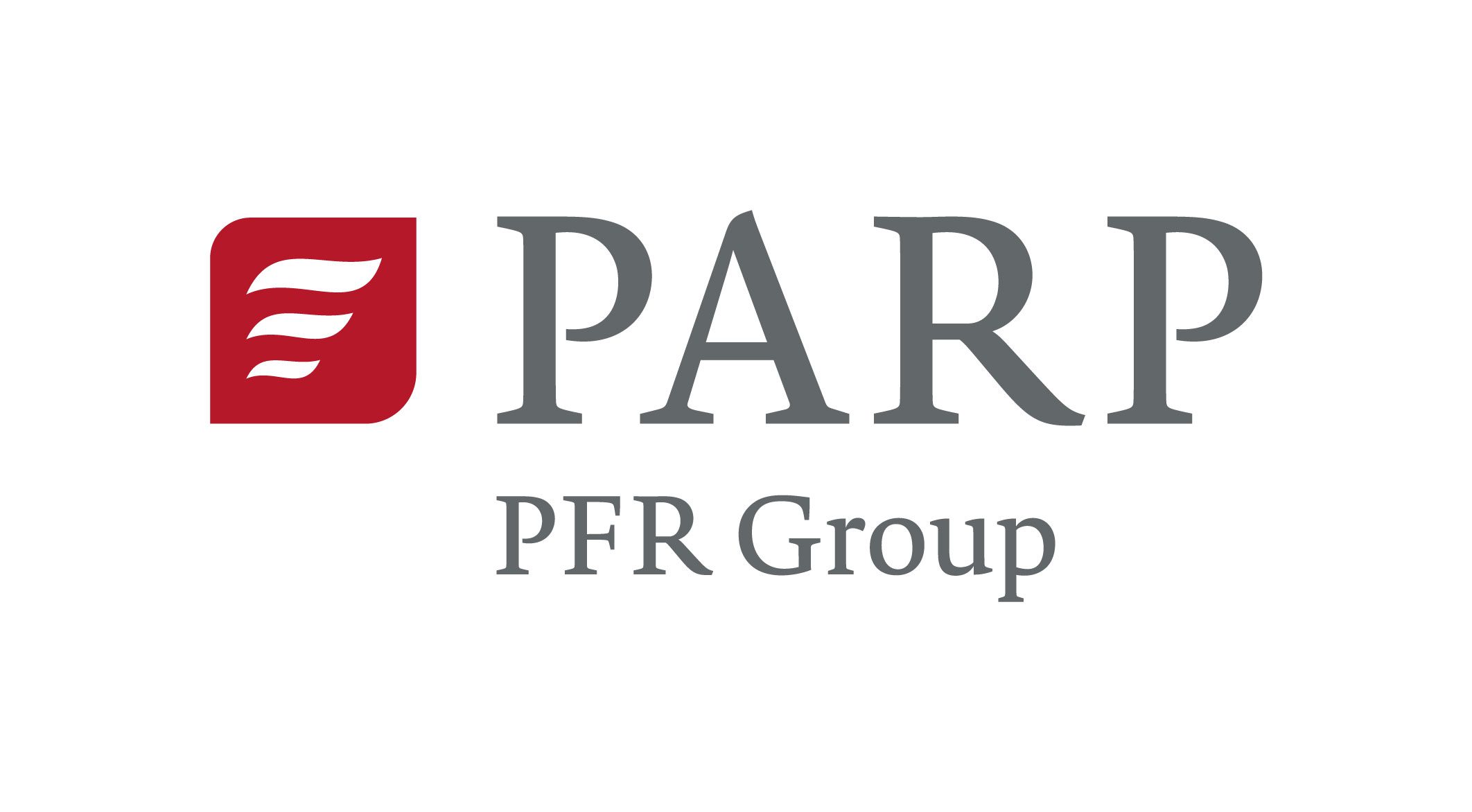19.11.2024
Poland is one of the EU leaders in the production of pumpkins
For years, Poland has maintained its position among the leading producers of pumpkin in the European Union. In 2022, this accounted for almost 40% of the total production of this vegetable in the EU. In 2023, in terms of productivity, harvesting 41.6 kg/ha, it was second only to Spain (47.6 kg/ha).

Production and cultivation area
Over the past ten years, pumpkin production in Poland has increased eightfold, reaching 400,000 tons in 2022. At the same time, the cultivated area increased from 1,100 hectares in 2014 to 8,900 hectares in 2022, when it overtook such pumpkin giants as France, Spain, Italy and Germany.
In 2023, the area of pumpkin cultivation in Poland decreased to 7,600 hectares and thus the harvest level decreased. Poland ended 2023 in 4th place among EU producers of this vegetable, harvesting 316,300 tonnes. We were overtaken by Spain (789,800 tonnes), Italy (601,700 tonnes) and France (410,400 tonnes).
In 2024, Polish producers decided to increase the production area again and allocated a record 9,289,190 hectares for the growing of pumpkins.
Export success
Polish pumpkins are becoming more and more popular on international markets. In 2023, the value of pumpkin and gourd exports increased by 21.3 percent y/y, reaching USD 2,552.4 billion.
The main recipients were:
- Germany (USD 599.8 million) – up 25.9% y/y.
- Czech Republic (USD 476.6 million) – down -17.8% y/y.
- Slovakia (USD 382.6 million) – up 80.2% y/y.
- Italy (USD 283.9 million) – up 26.4% y/y.
- Lithuania (USD 213.9 million) – up 58.6% y/y.
The most spectacular percentage increase in Polish pumpkin exports was recorded in the case of France – as much as 12210.2 percent (from USD 206 thousand in 2022 to USD 25.4 million the following year). An equally impressive increase was recorded in exports to Portugal, where the value of imported pumpkin from Poland increased by 1968 percent (from USD 7.52 million to USD 155.5 million).
Reasons for the growing popularity of pumpkins
The dynamic increase in demand for pumpkins is related to the growing demand for healthy food. Pumpkins contains numerous nutrients such as vitamins, fibre and unsaturated fatty acids, which makes it attractive both in cooking and in the pharmaceutical and food industries. For producers, its additional advantage is the possibility of storing it for several months, which allows it to be sold also in late autumn and early winter.
Competitive advantages of Polish pumpkins
Polish pumpkins have gained popularity thanks to:
- high quality resulting from the climate and traditional cultivation methods,
- durability and ease of storage,
- high nutritional value and taste,
- competitive prices,
- shorter transport time compared to pumpkins imported from distant regions, which ensures greater freshness of the product.
Poland compared to other producers
Poland is not the only major player on the international market. South Africa is playing an increasingly important role in the export of pumpkins, which has dynamically increased its production in the last ten years, supplying the market with high-quality butternut squash.
Other significant producers and exporters of pumpkins in the world are: China, the United States, India, Mexico, Ukraine, and in the European Union: Spain, Italy, France, Portugal.
Source:
- The Central Statistical Office (GUS)
- KOWR, „Polska największym producentem dyni w Unii Europejskiej”
- AtlasBig, „World Pumpkin Production by Country”
- Everything
- News (269)
- Events (167)
- Get Support (83)
-

NESTOR Krzysztof Kuropatwa
ConstructionShow allShow more Show lessDo Czysta is a Warsaw company specializing in professional cleaning of warehouses, office carpets, pressure washing, cleaning and protection of PVC floors. It has been operating on the market for over 15 years, offering comprehensive cleaning services for both individual clients and companies.

SCIENCE4BEAUTY SPÓŁKA Z OGRANICZONĄ ODPOWIEDZIALNOŚCIĄ
Show more Show lessScience4Beauty Sp. z o.o. is an innovative Polish biotechnology company based in Warsaw. The company specializes in manufacture of advanced cosmeceuticals—cosmetic products with scientifically proven, therapeutic effects. Science4Beauty’s mission is to deliver high-performance skincare solutions by merging cutting-edge scientific research with natural, safe ingredients. The company’s flagship export products are based on a proprietary active ingredient—conotoxin.

LARNE ARCHITEKTURA WNĘTRZ KAROLINA TUSIEŃ
Show more Show lessTop quality plywood and furniture boards.A leader in the wood-based panel industry!We are a team of professionals in the field of wood-like materialsOur goal is to build business relationships, both with customers and suppliers. By setting ourselves high standards, we strive to ensure that our products are of the highest quality. Currently, we offer various types of plywood and MDF boards, and our range is constantly expanding. We gladly and diligently fulfill wholesale orders for business.

GPI POLAND SPÓŁKA Z OGRANICZONĄ ODPOWIEDZIALNOŚCIĄ
Industrial machinery and mechanical appliances and parts thereofShow allShow more Show lessGpi Tanks Poland designs and manufactures high-quality stainless steel tanks for various industries, including food, pharmaceuticals, and chemicals. Together with the Gpi Group, we specialize in the engineering, production, and installation of stainless steel process and storage tanks up to 12,500 m³, as well as process equipment. We offer full in-house engineering and manufacturing in both Poland and the Netherlands, delivering tailor-made tank solutions across Europe.
-
 Article
ArticleAn Investment Agreement: safe guard the tax implications of your investment
See the benefits of an Investment Agreement and how to apply
 Article
ArticleThe Polish chemical sector – exports drive development
The Polish chemical sector is growing thanks to the export of cosmetics and household chemicals
-
 Event
EventBEAUTY FORUM & HAIR 2025
The Warsaw EXPO XXI Centre invites you to a fair for the cosmetics and hairdressing sector.
 Event
EventENERGETAB 2025
The Centre for Vocational Training invites you to the 38th International Energy Fair Bielsko-Biała E…
-
 Institution
InstitutionThe Investor Tax Service Center
The Investor Tax Service Center is a unit operating within the Ministry of Finance
 Institution
InstitutionPolish Investment and Trade Agency (PAIH)
The Polish Investment and Trade Agency (PAIH) is the partner of first-resort for entrepreneurs when …
The Export Promotion Portal uses cookies to make it easier for users to use the website and for statistical purposes. If you do not block these files, you agree to their use and saving in the memory of your computer or other device. Remember that you can change your browser settings to block the storage of cookies. More information can be found in Privacy Policy and Terms and conditions.





